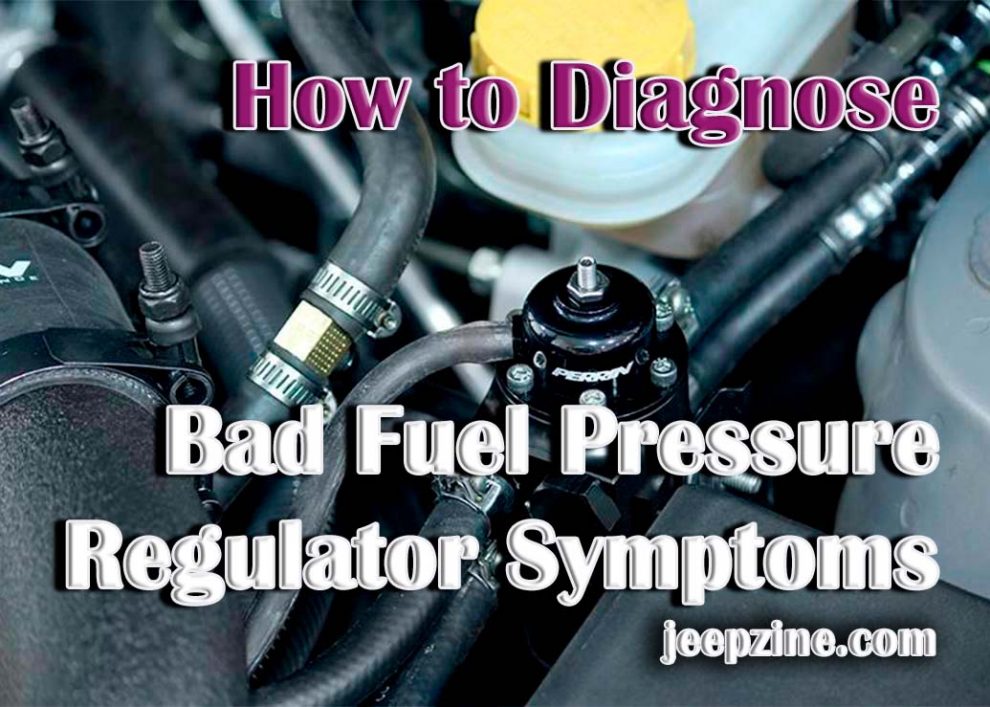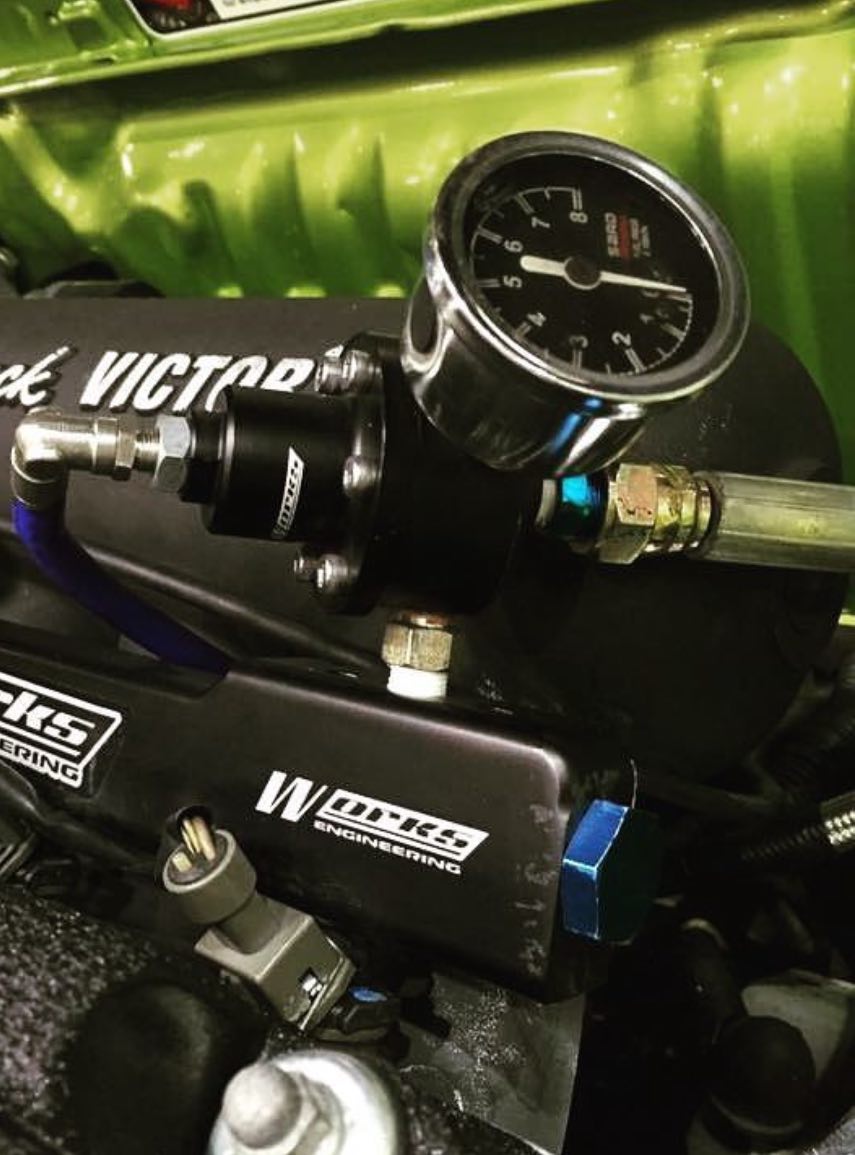The fuel pressure regulator is an important component of a vehicle’s fuel system. It is responsible for controlling the amount of pressure on the fuel line, which, in turn, helps ensure that your vehicle’s engine operates as efficiently as possible. Unfortunately, when a fuel pressure regulator becomes faulty, it can cause various issues with your car. In this article, we will look in-depth at some of the symptoms associated with a bad fuel pressure regulator and discuss how to identify if the issue is present. From examining common indicators like engine misfires and stalling to diagnosing unusual occurrences such as hard starting or black smoke from the exhaust pipe, we will cover all aspects of diagnosing this problem. We will also explore potential causes and remedies for these issues so you can quickly fix your car and return to the road again!
Common Bad Fuel Pressure Regulator Symptoms
A bad fuel pressure regulator can lead to various symptoms that can affect the performance and efficiency of your engine. Here are some common signs that might indicate a faulty fuel pressure regulator:
-
Poor engine performance: A fuel pressure regulator that is not functioning properly will cause the fuel delivery to your engine to be irregular, resulting in low power output or poor acceleration.
-
Rough idle: If the fuel pressure is too low or too high due to a faulty regulator, the air-fuel ratio in your engine may be off balance, leading to a rough idle and possibly even stalling.
-
High emissions: If the fuel pressure is too high, it can result in incomplete combustion of fuel, which can cause increased levels of hydrocarbons (HC) and carbon monoxide (CO) being emitted from your exhaust system.
-
Fuel leaks: A faulty fuel pressure regulator can allow excess fuel into the system, resulting in leaks from hoses or other components connected to it. Read here How to Test a Gas Cap for Leaks.
-
Poor fuel economy: If the fuel pressure delivered to your engine is excessively high or insufficient, your vehicle can use more fuel than needed, reducing fuel efficiency.
-
Fuel Smell: A strong smell of fuel inside or around the car might suggest that the fuel pressure regulator is sending too much fuel into the engine or leaking fuel.
-
Check engine light: A malfunctioning fuel pressure regulator may trigger the check engine light to turn on, alerting you to the problem.
Diagnosing a Faulty Fuel Pressure Regulator
Before you can repair or replace a bad fuel pressure regulator, you need to confirm that this is indeed the source of the problem. To do so, you must check for any of the above-mentioned symptoms and then conduct a few tests. First, inspect your vehicle’s engine bay for any signs of fuel leaks. If there are any visible signs or if the smell of fuel is present in the area, then there may be a problem with your regulator. Additionally, check your oil level, as too much fuel in the oil may suggest that too much is leaking past the regulator and into other parts of your engine. Next, test your vehicle’s vacuum hoses and pressure lines using an electronic vacuum gauge and a mechanical pressure gauge respectively. It will help you determine if any inconsistencies in pressure levels could indicate an issue with your regulator. Additionally, use an OBD-II scanner to retrieve diagnostic trouble codes (DTCs) from your vehicle’s onboard computer system, which may be related to an issue with the fuel pressure regulator.
Repairing or Replacing Your Fuel Pressure Regulator
Once you have confirmed that the fuel pressure regulator is indeed malfunctioning, you will need to either repair or replace it. If the regulator is dirty or clogged with debris, a thorough cleaning may be enough to restore its functionality. However, if the part has become damaged due to age or wear and tear, you must replace it with a new one. When replacing the fuel pressure regulator, be sure to use genuine parts that are designed for your specific make and model of vehicle. It will ensure that the part performs as intended and helps prevent any potential issues down the line. Additionally, while replacing this part can often be done by an experienced do-it-yourselfer, it is recommended that you consult a professional mechanic if you are uncertain about how to proceed.
Conclusion
A bad fuel pressure regulator can cause various issues with your vehicle’s performance and efficiency. If you suspect that this is the problem, be sure to inspect for any visible signs of damage or leaks, and then use an electronic vacuum gauge and mechanical pressure gauge to check for any inconsistencies in pressure levels. Additionally, a diagnostic trouble code scan may help pinpoint the exact source of the issue. Once you have confirmed that the fuel pressure regulator is at fault, you will need to either repair or replace it. Be sure to use genuine parts designed specifically for your make and model of vehicle and consider consulting a professional mechanic if you are uncertain about how to proceed.


 Poor engine performance: A fuel pressure regulator that is not functioning properly will cause the fuel delivery to your engine to be irregular, resulting in low power output or poor acceleration.
Poor engine performance: A fuel pressure regulator that is not functioning properly will cause the fuel delivery to your engine to be irregular, resulting in low power output or poor acceleration.